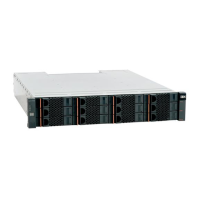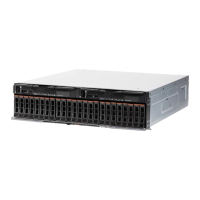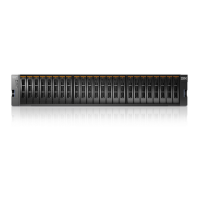Id Name Default Position
user_disabled_
unmap
unmap disabled by user N/A
marked Marked N/A
Example:
snapshot_list vol=DBVolume
Output:
Name Size (GB) Master Name Consistency Group Pool
DBVolume.sp1 2508 DBVolume default
DBVolume.sp1.copy 2508 DBVolume default
Access Control:
User Category Permission
Storage administrator Allowed
Storage integration administrator Allowed
Application administrator Allowed
Security administrator Disallowed
Read-only users Allowed
Technicians Disallowed
Restoring a Volume from a Snapshot
Restores a master volume or a snapshot from one of its associated snapshots.
snapshot_restore snapshot=SnapshotName [ target_snapshot=SnapshotName ]
Parameters:
Name Type Description Mandatory Default
snapshot Object name Name of the
snapshot with
which to restore its
master volume, or
snapshot.
Y N/A
target_
snapshot
Object name Snapshot to be
restored.
N Restore the master
volume.
This command restores the data of a master volume from one of its associated
snapshots.
Issuing a restore command logically copies the data of the source snapshot onto its
volume. The volume's data is therefore restored to the state that it was at the time
that the snapshot was created. If the volume was resized after the snapshot was
created, the restore operation resizes the volume back to its original size.
Chapter 5. Volume Snapshot Management 73

